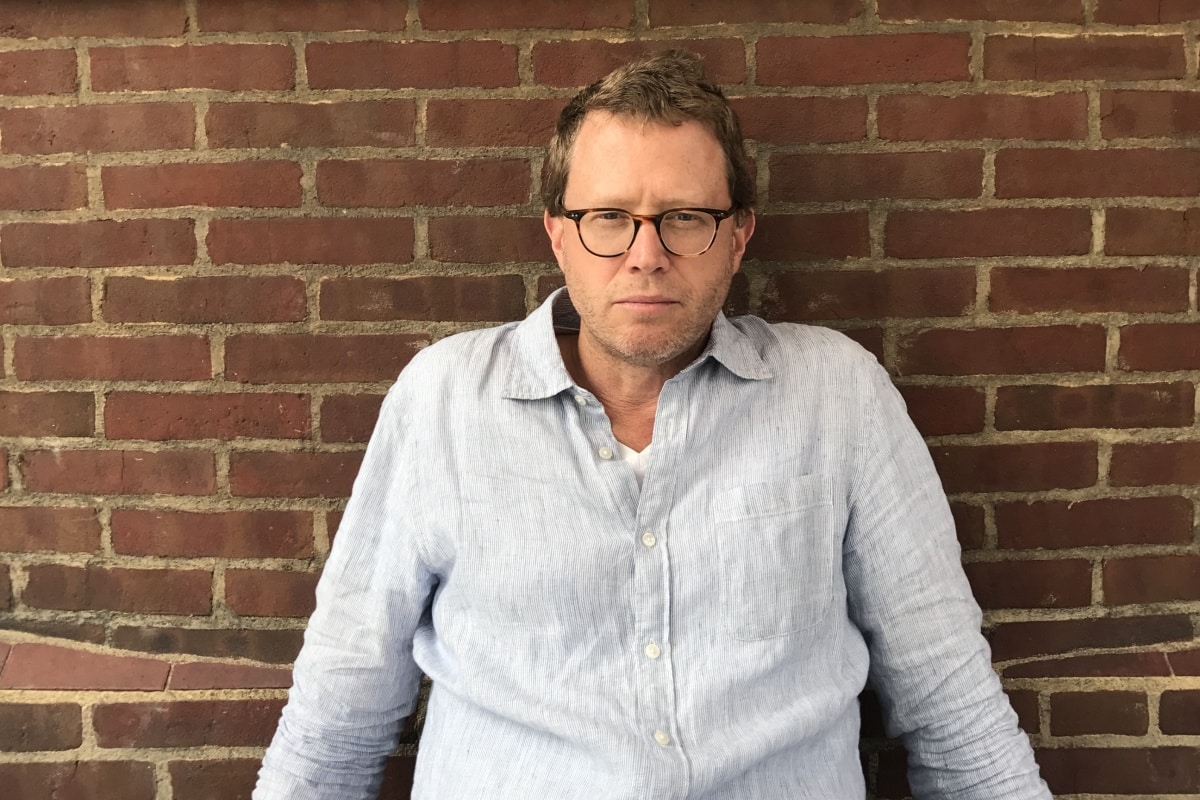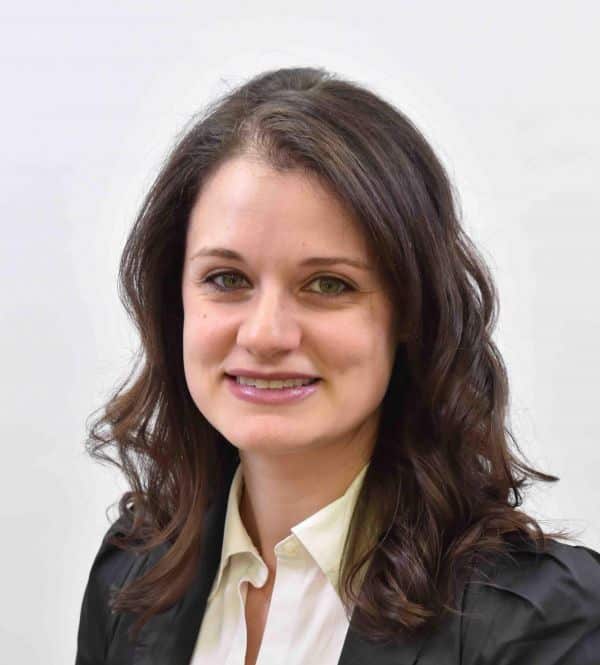As the founder of Patrick Heide Contemporary Art, what makes you so passionate about works on paper and how do you work to convey this enthusiasm to your existing clients as well as potential new buyers?
Drawings and works on paper were, frankly, the artworks I usually responded to most, both visually and emotionally. Three qualities primarily strike me about the medium: the sensuality, the immediacy and the intimacy. Combined in a work these properties have an impact that is frequently deeper and more touching than any other medium.
Sophie Bouvier Ausländer, for example, takes maps and covers them with wax and gouache to then dig through the colour, revealing scarred landscapes. Or Minjung Kim, who tears and burns strips of textured and coloured Korean mulberry Hanj paper which she then collages into harmonious compositions.
Works on paper also offer such a variety: the handling of the paper, the different paper types and their haptic properties, the broad range of techniques, the solidity paired with fragility, the empty space.
My own personal passion for the medium finds its expression in the programming of the gallery. We do specialised fairs like the Drawing Now fair in Paris or the Works on Paper section of TEFAF to promote the medium, but there is a quite specialised group of interested curators and collectors. Fortunately, we succeed in finding new clients, of all ages, where the spark of enthusiasm just simply jumps across.


















